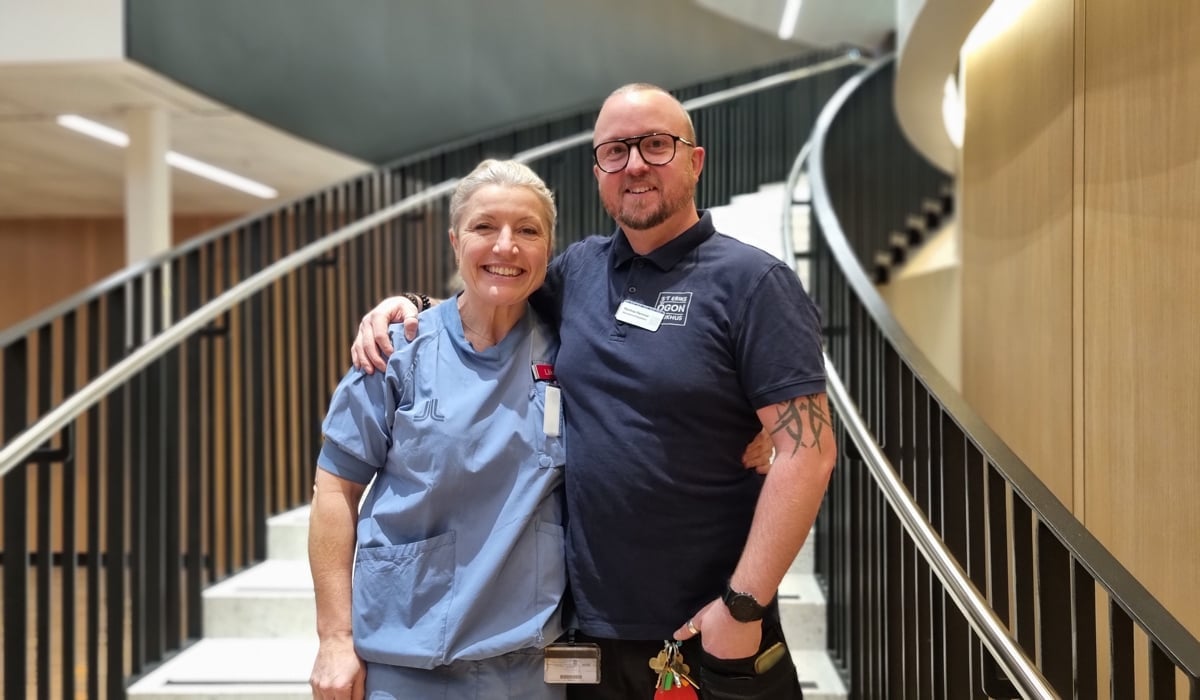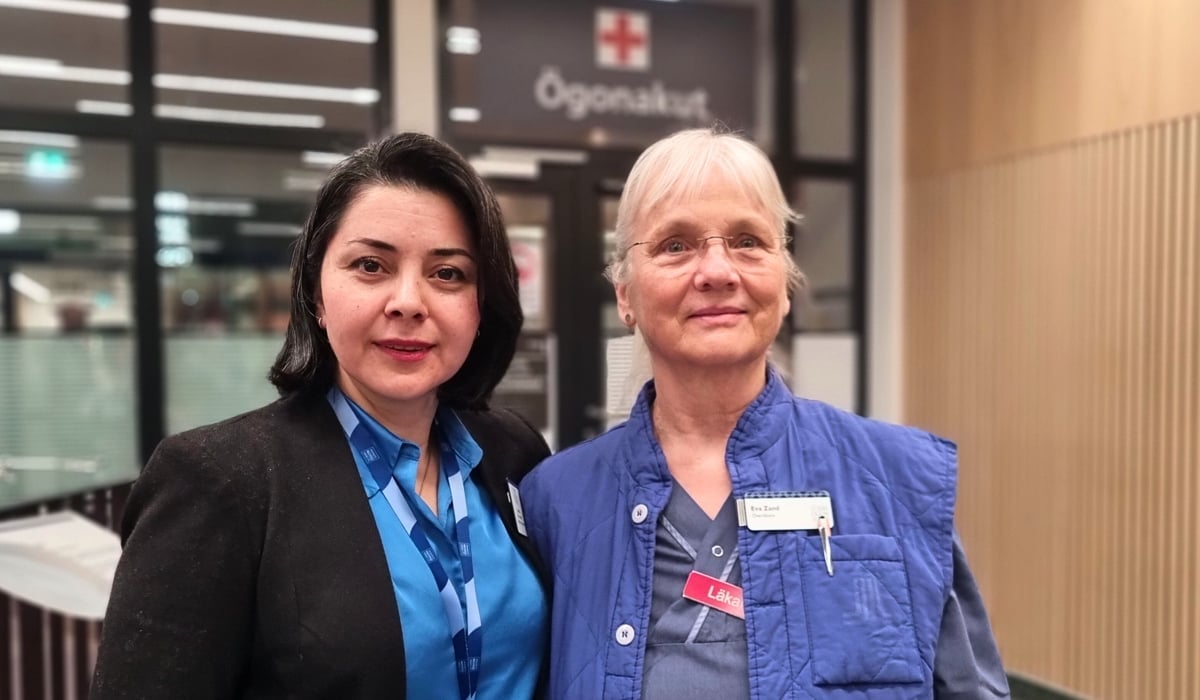Bred översikt publicerad över strategier för att skydda nervceller vid glaukom
James Tribble, biträdande lektor vid Karolinska Institutet och S:t Eriks Ögonsjukhus, har med kollegor i Australien och Kanada skrivit en översiktsartikel om hur forskningen kring nya glaukombehandlingar fortskrider.
Varför var det viktigt att göra den här sammanställningen?
– De nuvarande behandlingarna försöker bara kontrollera trycket i ögat, vilket kan vara effektivt för många patienter, men tyvärr förhindrar det inte synförlusten, säger James Tribble. Vad vi behöver är behandlingar som fungerar på andra sätt för att förhindra förlust av nervceller i ögat och förhindra att människor förlorar synen.
Under de senaste decennierna har vi gjort stora framsteg när det gäller att förstå glaukom, särskilt vad som händer med dessa nervceller och deras omgivning och hur vi kan rikta in oss på dessa processer för att skydda dem. Vi har skrivit en omfattande översiktsartikel som belyser dessa framsteg. Vi hoppas att artikeln kommer att vara en bra utgångspunkt för forskare och kliniker som är på väg in i forskningsfältet, samt en viktig källa för dem som vill lära sig mer om var framtiden för glaukombehandling kan ligga.
Hur ser forskningsläget ut när det gäller neuroprotektiva strategier i världen?
– Vi vet att glaukom är en mycket komplex sjukdom, det finns många processer som slutar att fungera. Kombinationen av dessa är det som har gjort sökandet efter en universell behandling så svårt. Vi beskriver ett antal av de viktigaste processerna, inklusive kontroll av inflammation, hur celler dör, hur de flyttar runt sina resurser och deras ämnesomsättning. Forskarna har nu utvecklat en god förståelse för de här processerna och många av dem kan vi behandla i djurförsök för att helt förhindra glaukom. Även om många av processerna inte är så lätta att omvandla till behandlingar för patienter, bidrar det vi har lärt oss till vår kunskap om glaukom och hur vi kan behandla det i framtiden. Några av dessa kan mycket väl bli framtida behandlingar.
Vilka forskningsområden har kommit längst och är mest intressanta, enligt dig?
– Vi har gjort snabba framsteg när det gäller att förstå metabolisk dysfunktion i näthinnan och synnerven vid glaukom. Jag tror att det är här vi har störst chans att hitta nya behandlingar för glaukom eftersom det är så starkt kopplat till alla dessa olika processer och kan modifieras så mycket lättare än andra processer. Särskilt nikotinamid är mycket lovande och genomgår för närvarande kliniska prövningar här i Sverige och med samarbetspartners över hela världen.
Vilket forskningsområde arbetar du själv inom?
– Jag är särskilt intresserad av både metabolism och inflammation. Min nuvarande forskning handlar om hur dessa processer blir dysfunktionella vid glaukom och hur vi kan rikta in oss på dem med förhoppningen att hitta nya behandlingar för glaukom.
Läs mer
Länk till översiktsartikeln(Extern länk)
Läs mer om glaukomforskningen vid Karolinska Institutet och S:t Erik(Extern länk)
Fler nyheter

Här är de nominerade till det Gyllene Äpplet 2025
Gyllene Äpplet lyfter medarbetare som driver utveckling, delar kunskap och skapar arbetssätt som gör skillnad. I år är två av våra medarbetare nominerade.
Maria Nilsson introducerar banbrytande teknik i Sverige
S:t Eriks Ögonsjukhus fortsätter sin serie personporträtt som lyfter forskare som driver ögonforskningen framåt.

